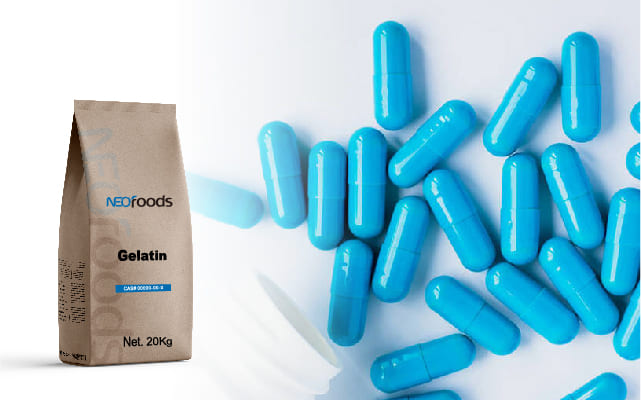
In the food-processing world, thickeners play an essential role in achieving the right texture, stability and mouth-feel. Two widely used agents are the Gelatin Thickener and pectin. Although both can modify viscosity and structure, they differ fundamentally in origin, functionality and application.
Understanding these differences is vital for any food manufacturer or ingredient supplier offering customized solutions.
What is Gelatin Thickener?
A Gelatin Thickener is derived from the collagen found in animal hide, skin or bone. this translucent, colourless and flavourless solid substance is processed into a gel-forming protein used in food, pharmaceutical and cosmetic manufacturing.
As a thickening agent, gelatin forms a network that traps water, creating gels or semi-solid systems. It is widely used in confectionery, desserts, dairy products and snack applications where elasticity or melt-in-mouth texture is desired.
What is Pectin?
Pectin is a naturally occurring polysaccharide extracted from fruit cell walls, most commonly from citrus peels or apples. In the food industry, pectin is recognised for its gelling, thickening and stabilising properties, particularly in jams, jellies and preserves, where it helps set structure and maintain consistency.
While pectin also functions as a thickener, its mechanism and application differ from those of gelatin.
Key Differences Between Gelatin Thickener and Pectin
When comparing a Gelatin Thickener with pectin, the following are several notable points
· Source and nature: Gelatin is protein-based and derived from animal collagen; pectin is plant-based and derived from fruits. This difference has implications for vegetarian or vegan labelling.
· Mechanism of action: A Gelatin Thickener melts when heated and then sets upon cooling, forming a gelled matrix. Pectin requires specific conditions (e.g., sugar, acid or calcium) to form a gel, and often produces a firmer or fruit-style gel.
· Texture and end-use: Gelatin imparts a smooth, elastic, melt-in-mouth texture; this is ideal for mousses, gelatin desserts or certain snack bars. Pectin offers a firmer set and is ideal for spreads, jams, jellies or fruit fillings.
· Processing requirements: A Gelatin Thickener typically requires hydration and controlled cooling.Pectin requires dissolution and specific solutes (sugar/acid/calcium) to activate gelling.
· Dietary & Labeling: Pectin is suitable for vegan/vegetarian and Halal/Kosher (non-animal) diets. Gelatin is not, due to its animal origin.
Which One Should You Use?
If your product demands a soft, creamy texture or a gel that melts in the mouth, then a Gelatin Thickener is often the right choice. It is well-suited for dairy desserts, marshmallows, mousse-type snacks and specialty confectionery.
On the other hand, if you are producing fruit-based spreads, low-sugar jellies or want a plant-based gel system, pectin may be the better fit.
For a supplier and manufacturer of food additives, ingredients and snack solutions offering customised formulations, it is essential to match the thickener to the product profile, processing conditions and regulatory needs.
In conclusion, Gelatin and pectin are not interchangeable. While both serve to modify texture and structure, they differ in raw material source, mechanism of gelation, end-use texture and dietary positioning. For food formulators and manufacturers, understanding these distinctions ensures the correct selection and optimal product performance.
As a specialist in the field of food additives and customised ingredient solutions, the company offers high-quality Gelatin Thickener alongside a wide range of thickeners, stabilisers and functional ingredients designed for snack, beverage, dairy and bakery applications.





Contact us